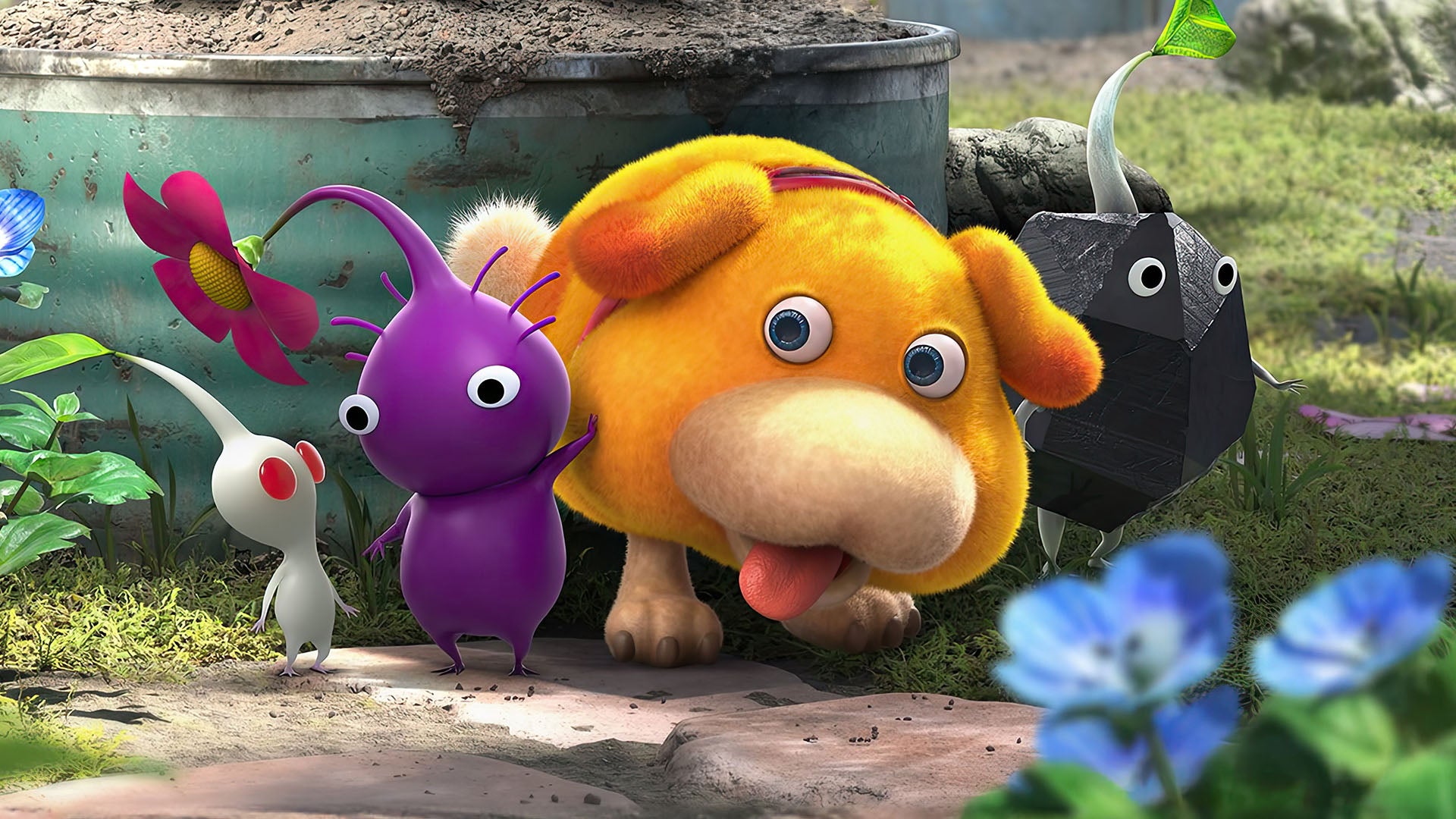Hot off the heels of the Pikmin 1 and 2 HD remasters on Switch, we have a completely new series entry in Pikmin 4. It’s been a decade-long wait, but in that time Nintendo has jettisoned its in-house engine in favour of Unreal Engine 4, which provides some of the most striking visuals seen on Switch to date. But how much of a graphical leap is it over the Wii U release of Pikmin 3, what new visual features have been added and how does performance hold up?
The extent of Pikmin 4’s reinvention runs deeper than its visuals of course. As well as higher-fidelity graphics, the game’s long development has seen major overhauls to its mechanics, UI and quality-of-life features too. The cursor has a lock-on, for a start, while a rewind feature is there in case all of your Pikmin perish. And adding an extra dimension to the series’ combat, resource-gathering and puzzles, Pikmin 4 of course also features the Oatchi, a space dog sidekick. This photogenic canine is capable of jumping, swimming and charging through obstacles, providing more variety to Pikmin’s usual gameplay loop. It’s a risk that pays off, and if you’ve never played a Pikmin game before, there’s never been a better time to jump in; it’s the most streamlined it’s ever been.
On a technical level, Pikmin 4 benefits hugely from the move to Unreal Engine. Of course, we’ve already seen Nintendo-published games use Epic’s middleware tech, notably Yoshi’s Crafted World on Switch. And while proprietary engines are something to cherish in this day and age, Unreal does at least give developers a shortcut to top-end rendering features – and at its core, Pikmin 4 still like Pikmin, with the same DNA and design ethos, just with a stark upgrade in its presentation.
It can be instructive to look back to Pikmin 3 on Wii U for a little perspective. This title had noticeably better visuals than the two GameCube originals, jumping to a native 720p (albeit with no anti-alising) with higher-res textures, improved model quality on the Pikmin, enemies and pilots, while effects like depth of field and screen-space reflections on water were also implemented. Despite being developed for Wii originally, the game ended up taking great advantage of Wii U as an HD console and looked superb for a 2013 release.
